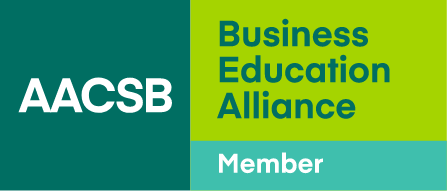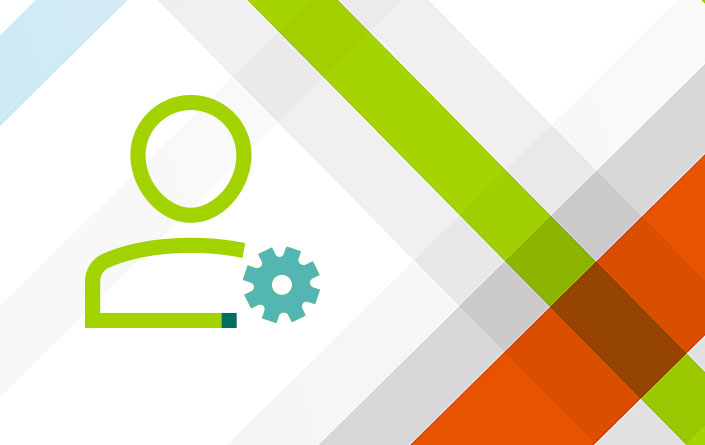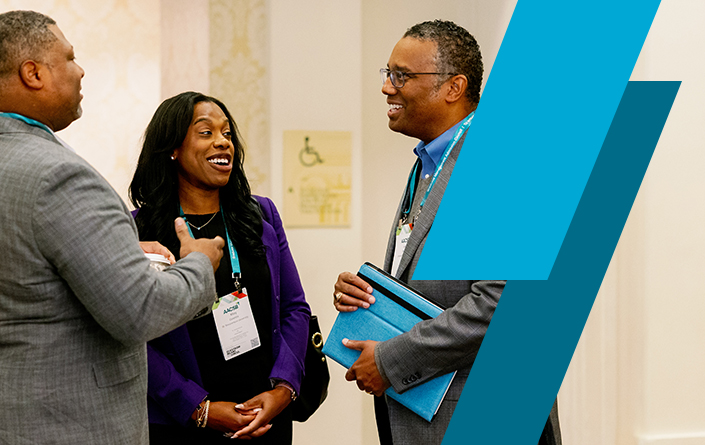Avoiding AI Anxiety in Business Education
- Business schools have a crucial role in teaching future leaders both the benefits and risks of AI, ensuring they can apply the technology responsibly and effectively.
- Students from all backgrounds need a foundational understanding of AI, in addition to critical thinking skills, to ensure they are prepared for AI-related projects in their careers.
- Collaborating with companies and other institutions as well as hiring experts in AI are key ways that business schools can enhance AI education and meet the evolving demands of the job market.
Transcript
Ana Freire: [0:15] Today, we talk a lot about AI anxiety, and I think that that's just a pole of the whole way that we can explore about AI. We don't need to be AI cheerleaders, but also we don't need to have AI anxiety. We can take a place in the middle in which we are aware of the benefits, but also of the drawbacks or the downside of artificial intelligence.
[0:41] We have to have the tools to decide in which particular moment, in which particular task, or in which environment, we can apply artificial intelligence or not, and be aware of the consequences.
[0:55] Many people are afraid of losing their jobs, or maybe to see their tasks reduced to less workload. I think that the workers and the general population should not be afraid of AI. They should be afraid of the people who know how to use AI, because those are the one that will replace their jobs.
[1:20] Business schools, as higher education institutions, have the responsibility to teach the future leaders in the good side and the bad side of AI. The good side is how AI can make a lot of processes much more efficient, but also we have to teach them the risks of AI, such as bias or ethical issues, and so on.
[1:44] Also, there is a challenge here and it's that most of our students come from many different disciplines, from many different educational backgrounds.
Business schools, as higher education institutions, have the responsibility to teach the future leaders in the good side and the bad side of AI.
[1:53] We have somehow to uniform their background to understand basics of artificial intelligence in order to develop, as well, on them the critical thinking, so when they arrive to the job market, they can make a decision on how to develop a project based on AI, or how to collaborate in a project which is based on this kind of technology.
[2:15] In our school, we want to teach the future leaders how to embrace AI, no matter their background, and we are implementing courses on hands-on exercises based on AI in more than 20 programs in our institutions.
[2:31] These programs are really different. Some of them are more related to data analytics, but also related to sustainability management, to finance, marketing, human resources management, but also public and social policies.
[2:46] We are teaching the students how to code their own algorithms and how they should process the data. This is the best way in which they can understand the mechanisms underlying artificial intelligence, and this is the best way in which they can also see the potential but also the drawbacks of artificial intelligence.
[3:07] I would encourage business schools all around the world to follow this approach as well. Do not be afraid of introducing very technical details into the curriculum, because I think that you would be surprised on how the students receive this new training on AI, and on Python, and coding.
We want to teach the future leaders how to embrace AI, no matter their background.
[3:28] Even in some programs, they ask us to do this. It's not our initiative, but it's the initiative of the students that, in many different programs, they want also to learn the mechanisms underlying artificial intelligence.
[3:42] In order to train our students, the future leaders in artificial intelligence, we follow several approaches. Initially, we hire new lecturers which are experts in artificial intelligence: computer scientists, data scientists, and so on.
[4:02] We also collaborate with companies that are developing products based on artificial intelligence. They have the practical knowledge on how these technologies are changing the job market directly. It's not just that you have to transform your current lecturers, but also hire new ones, which is also challenging.
[4:17] Collaboration. Collaboration with companies, with other business schools, or with academia, with universities that have engineering degrees, for instance. This is a source of lecturer that sometimes we do not consider, and it's something that can help us a lot to implement faster these new changes that are demanded by the job market.






